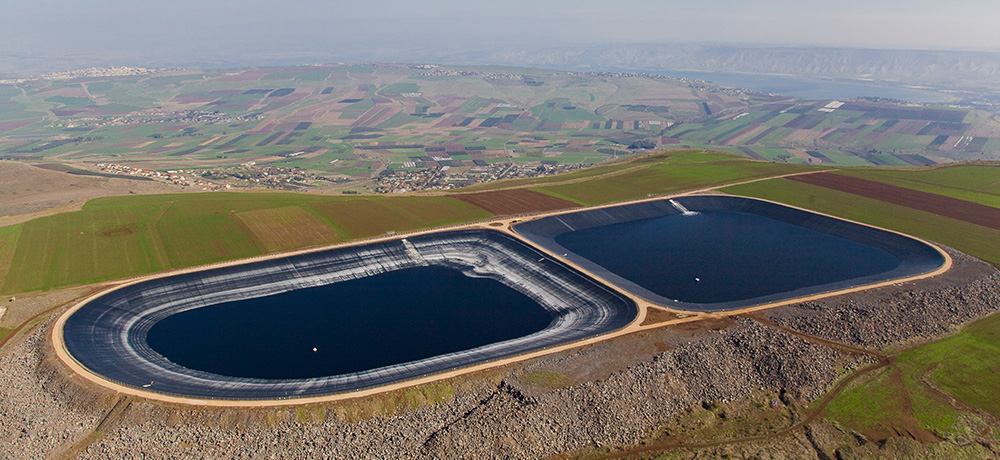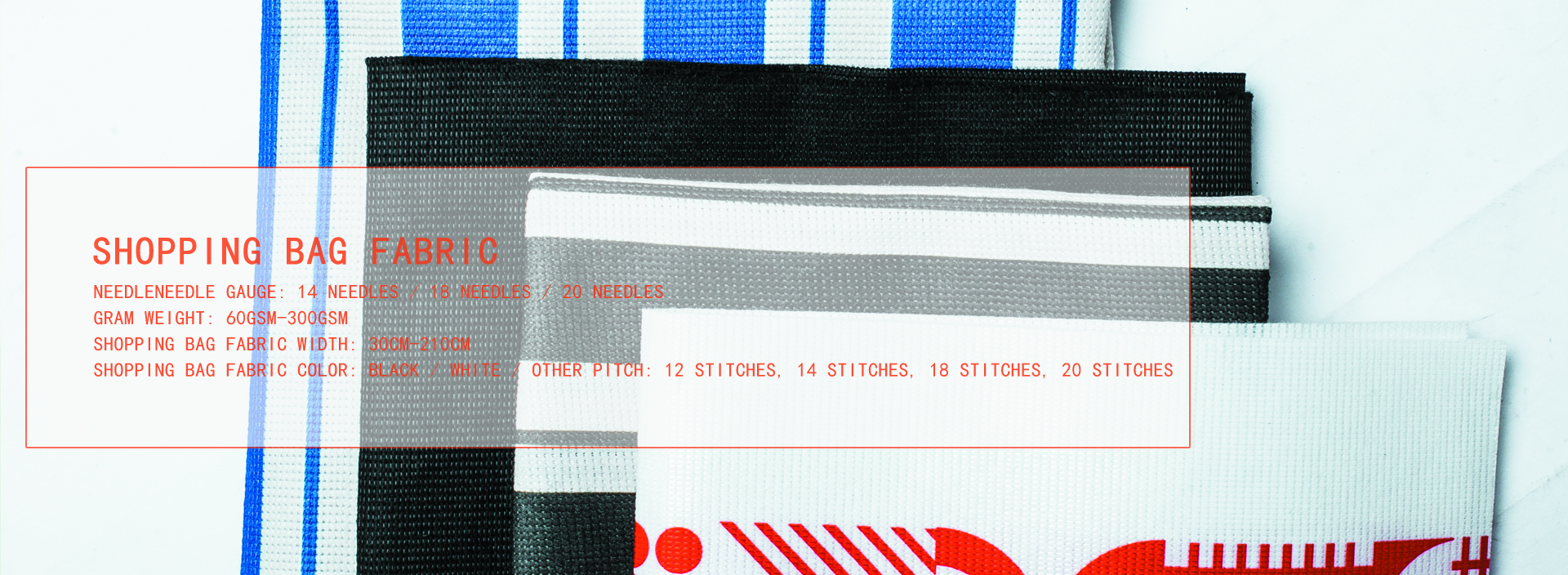Extrusion welders can generally weld large areas of high-density polyethylene
geomembrane. If used for local repair, reinforcement or welding of indirect overlapping parts, an extrusion welder should be used.
Before applying the film, check the joints carefully and clean up any foreign objects in time to ensure that the primer is smooth and firm. The overlap width of the weld seam should be 60mm, the surface of the gasket film should have medium tightness, and the surface should be smooth to prevent the formation of "fish mouth". Bonding involves bonding the overlapping parts of two films with a heat gun. The distance between the bonding points should be controlled within the range of 60-80mm, the temperature of the hot air should be well controlled, not easy to break, and the geomembrane should not be burned. The film with a surface roughness of 30 welds and a width of 40mm is scraped off with a rough grinder to achieve deep cleaning and form a rough surface, because the presence of rough surfaces will increase the contact area, but it must be noted that the depth of the rough surface should be controlled within the paint film Within 10% of the thickness, rough machining must be strictly performed to avoid damage to the surface of the paint film.

Test welding should be carried out before the formal welding, and small parts of 300mm to 600mm can be used. Equipment parameters are established based on operating experience. The main points of this welding method are:
First of all, the extrusion welding operation team should be composed of 3-4 people, and the welding operators should be trained and specialized. The work of the operation group is led by the welding personnel, and the other personnel cooperate closely.
Secondly, depending on the temperature, the solder will cool down immediately. If the extrusion welding operation is interrupted due to special reasons, the welding cannot be stopped suddenly, and the extrusion amount of the electrode must be slowly reduced. When rebuilding, welding can only be carried out after discontinuous roughing.
Finally, align the welding head with the joint during welding operation to avoid welding deviation, avoid slip welding and skip welding. The electrode must be kept dry and clean before use. If there is dirt, do not clean the electrode with dirt or oil. The thickness of the weld center must be 2.50 times the thickness of the liner and must be 3mm. If a joint cannot be welded continuously, the stubble part of the weld must be greater than 50mm, and then the weld can be re-lapped. Pay attention to the appropriate roughing steps in advance, but not too much. The person responsible for cooling must be punctual, and the person responsible for delivering the electrode must be able to adjust the welding speed well.

